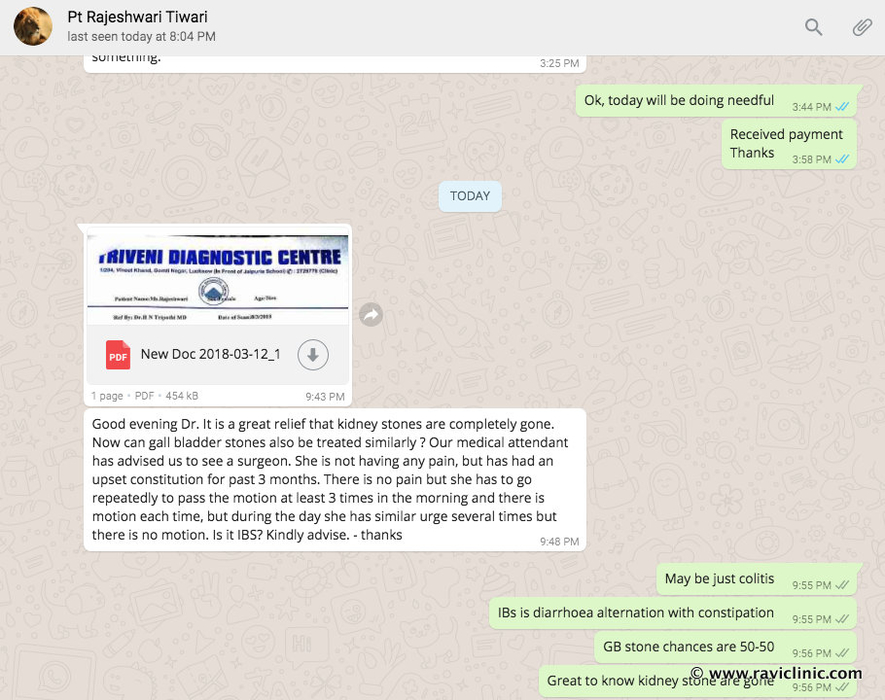
Percentage of patients with referrals, regardless of age, for which the referring provider receives a report from the provider to whom the patient was referred.Īll physicians of any specialty should document the results of an referral for consultation they order.Įasy – Have staff tie each order for a consult with the consult result.
Ivcd 10 for hx of kidney stones code#
The following sections describe what occurs when you click any of the ICD-10 code expansion options. We use an asterisk (*) to indicate where the wildcard character is. A wildcard search substitutes one or more characters in a search query. Each blue code indicated is a descendant of J0100’s parent code (J010).Įvery time you click one of the expansion options, you are performing a wildcard search. The right side of the screen capture shows the search results for J0100 after clicking Show More.Each blue code has different parent codes and are therefore cousins to each other. The center of the screen capture shows the search results for J0100 after clicking (the results are indicated in blue).Each set of codes beneath each parent are children (e.g., J0100 and J0101) and the members of each set are siblings to each other. The left side of the screen capture shows the search results for J0100 after clicking (the results are indicated in blue).Each four-character code indicated in bold are parent codes (e.g., J010).Diagnosis category J01 is used to elaborate on our ICD-10 expansion logic.Search stops at the first three characters (e.g., J01). Continues to display parents farther up the family tree and their descendants until there are no more billable codes.

Show More:ĝisplays the parent (if it is billable) of the selected code and the parent’s descendants.: Displays the cousin codes of the extended family of codes.: Displays the sibling codes of the immediate family of codes.We provide three buttons to expand the selected code’s search results. Any branching out from the selected code on the tree follows a particular path. One way to understand MediTouch’s ICD-10 code expanding logic is to think of the codes as parts of a family tree. If a dummy placeholder is required, you must use an “x” as a placeholder for the code to be valid.A dummy placeholder (“x”) is used to allow for future code expansion (e.g., T370x1A) and/or fill empty characters when a code has fewer than six characters and a seventh character is required (e.g., T790xxA).Injuries is one chapter that uses the seventh character extension the following are the extensions for injuries. When required, you must use an extension character for the code to be valid. This is expressed in the seventh character extension. 0 = Extremity-related and certain other diagnoses use 0 instead of 9Ĭertain codes require characteristic data about the encounter.When the diagnosis requires laterality, it is described in the code’s sixth character. Removing or breaking up the kidney stone by inserting an instrument through the urethra into the bladder, then to where the stone is located.ICD-10 codes can indicate laterality (side of the body affected).Removing the kidney stone through a small incision in your back.This is usually used for stones less than two centimetres in size. Breaking down the kidney stones into smaller pieces using ultrasound waves.If a stone doesn’t pass on its own, and begins to block the flow of urine, or causes bleeding or an infection, you may need one of the following treatments:

Sometimes, if the pain is severe, you may be admitted to hospital and put on stronger painkillers. In this case, the only treatment required is pain relief. Most kidney stones will pass by themselves within three to six weeks.

This will help them to work out a treatment plan.


 0 kommentar(er)
0 kommentar(er)
